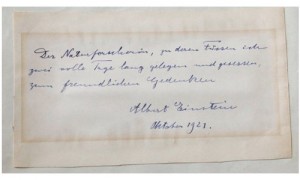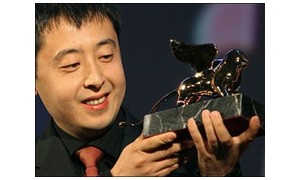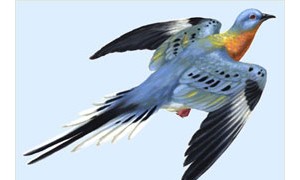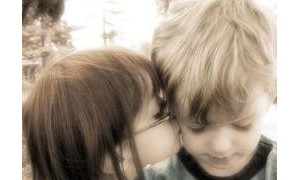The touchscreen that lets you feel TEXTURE: Disney invents surface that creates sensations by vibrating your fingers
Scientists have come up with a way of adding texture to touch screen computers so users can feel what they see.
Researchers have written an algorithm for 2D touchscreens that modifies the friction between a user's finger and the screen to add physical sensations to what a viewer is looking at.The discovery could lead to textured maps where users can feel tall mountains, new apps for visually impaired people and more interactive touchscreen games.
Scientists at Disney Research had previously managed to add physical sensations to virtual interactions like Microsoft Kinect by using puffs of air to give a user the sensations that they are touching what they are seeing on screen.But they have now applied their idea to touchscreens in a new way, Tested reported.
The algorithm, for 'the tactile rendering of 3D features' on a 2D touchscreen, modifies the friction by producing subtle vibrations based on the slope of a virtual surface.For example, if there is a dome on the screen, increased friction could make it feel like a user is passing their finger over a bump.
The algorithm does this by modifying the voltage of the display to vary its friction so that different textures will affect the sensations a user feels in their fingertips.Disney Research claims that it can reproduce edges, ridges, protrusions and bumps as well as other sensations using its technology.The company said: 'A person sliding a finger across a topographic map displayed on a touch screen can feel the bumps and curves of hills and valleys, despite the screen’s smooth surface, with the aid of a novel algorithm. The method can be used to simulate the feel of a wide variety of objects and textures.
Disney Research said: 'The algorithm is based on a discovery that when a person slides a finger over a real physical bump, the person perceives the bump largely because lateral friction forces stretch and compress skin on the sliding finger.'The algorithm is able to produce varying sensations and does not have to rely on a library of textures to apply to objects as it can produce custom textures at it goes.Ivan Poupyrev, who directs Disney Research, Pittsburgh’s Interaction Group, said: 'Our brain perceives the 3D bump on a surface mostly from information that it receives via skin stretching.
'Therefore, if we can artificially stretch skin on a finger as it slides on the touch screen, the brain will be fooled into thinking an actual physical bump is on a touch screen even though the touch surface is completely smooth.'The technology could be used in various ways in the future, including being embedded into next-generation touchscreen displays.
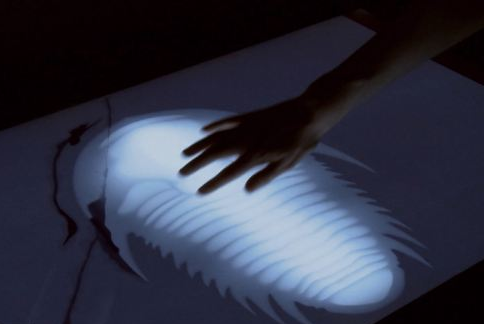
人们感受新一代2D显示屏
新闻资讯:
据迪斯尼研究院的科学家们介绍,我们之所以能够感受到不同物体的不同质感,是因为手指在不同物体表面滑动时会受到不同的侧摩阻力。他们的发明正是尝试将这种侧摩阻力对手指皮肤的拉伸和压迫之感添加到屏幕上。这样,手指在划过屏幕时就能感受到不同物体的不同质感。
目前,这款显示屏已经进入程序编写阶段。项目负责人伊凡?波普列夫教授说,如果能把这种侧摩阻力人为地添加到屏幕上,即使屏幕是光滑的,手指在触摸屏幕上出现的物体时,我们的大脑也会认为我们触摸到了不同质感的真实物体。
比如,我们在触摸一张地图时,会感觉到地图上高耸的山峰和低洼的盆地。另外,此项技术研制成功之后还可以被应用到电视、电子产品及其他相关领域。


